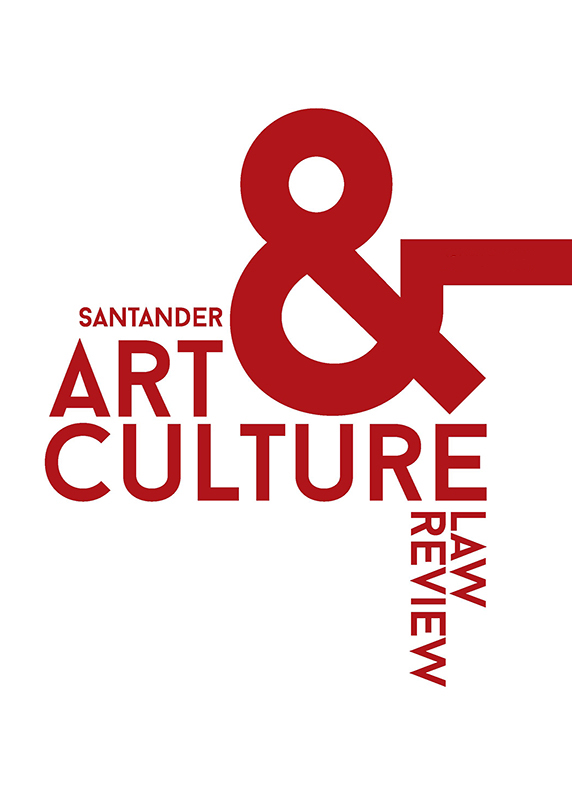Zabezpieczanie dzieł sztuki przed sfałszowaniem
Protecting art works from forgery
Author(s): Dariusz WilkSubject(s): Law, Constitution, Jurisprudence, Museology & Heritage Studies
Published by: Wydawnictwo Uniwersytetu Jagiellońskiego
Keywords: art forgery; protective methods; signing; labelling; documentation
Summary/Abstract: Various protective methods against art forgery are available to artists and artwork owners. This article broadly discusses the possibilities, technical and legal limitations of currently available protective methods against art forgery. The risks of breaching Articles 108 and 109a of the Act on the Protection of Monuments and the Guardianship of Monuments are given comprehensive coverage.Generally two methods of protecting works of art, i.e. signing (labelling) and documentation are identified. Works of art can be signed by artists by means of a signature, metal elements, chemicals compounds as equally by adding a fingerprint or genetic material. The owners can sign objects in their collection with an inventory number, a fluorescent label, microchip, as well as by micro-particles or synthetic DNA. The proper documentation for the artwork should include a description and a photo. Additionally, photomicrograph or scanning the surface of the object or a distribution analysis can be applied.
Journal: Santander Art and Culture Law Review
- Issue Year: 2/2016
- Issue No: 1
- Page Range: 41-62
- Page Count: 22
- Language: Polish

